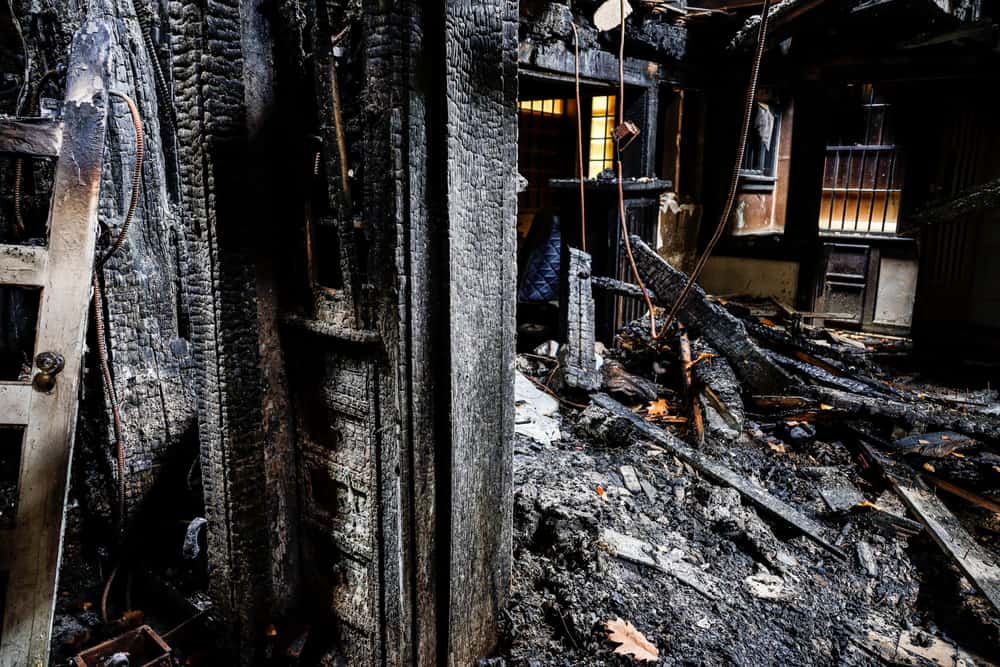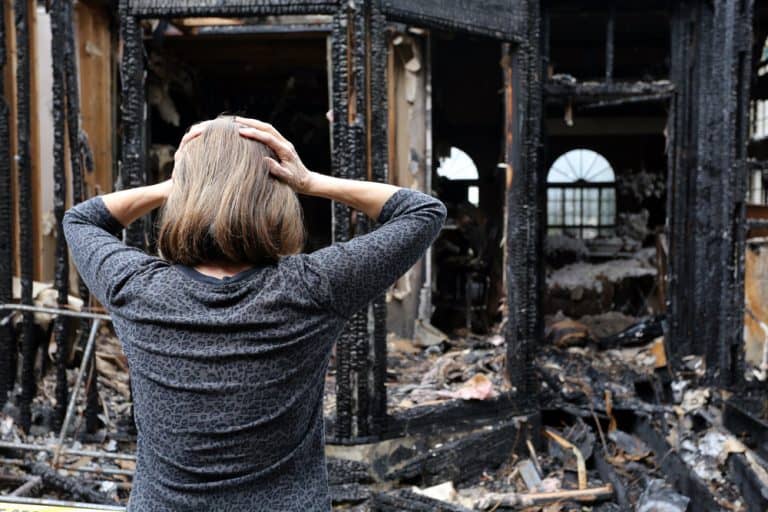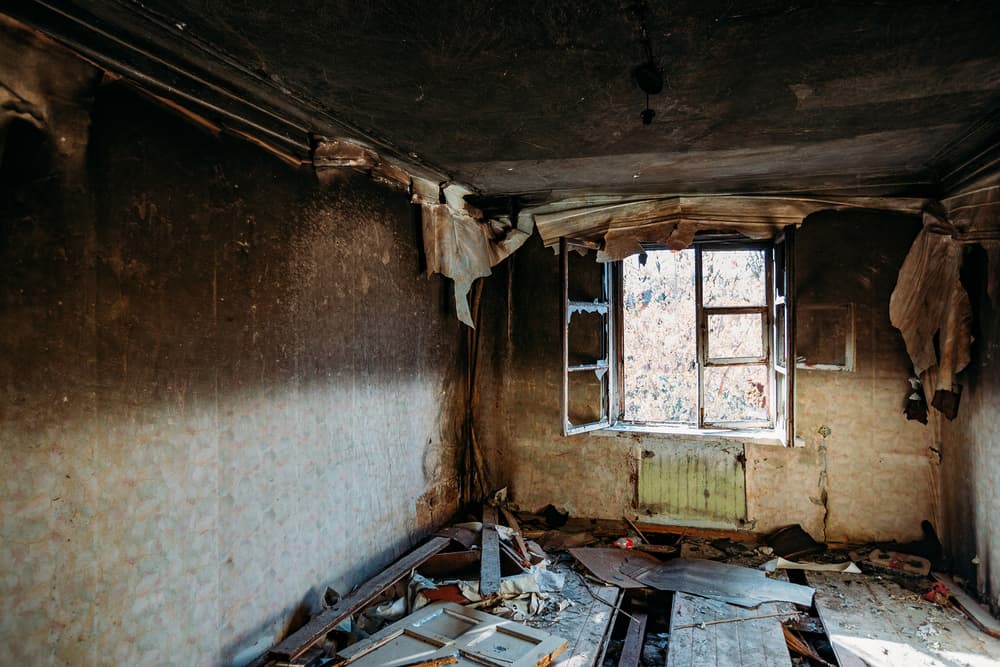Fire Damage Restoration in Stony Brook, NY
Green Island Group NY is the leading fire damage restoration company in Stony Brook, NY, specializing in fire damage cleanup, remediation, and restoration. With a commitment to rebuilding lives and properties, you can count on us to deliver top-quality results.




